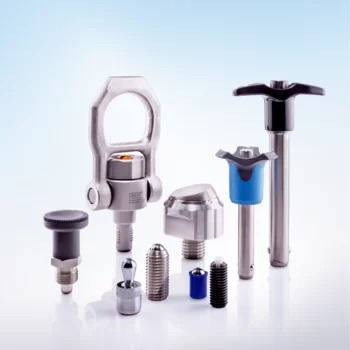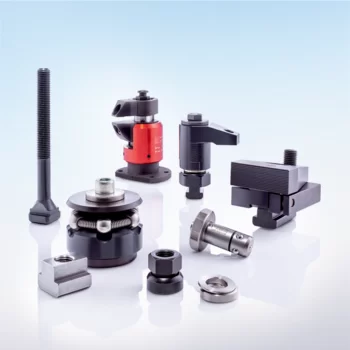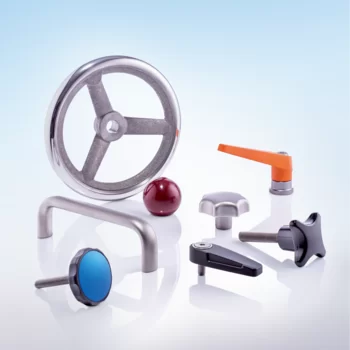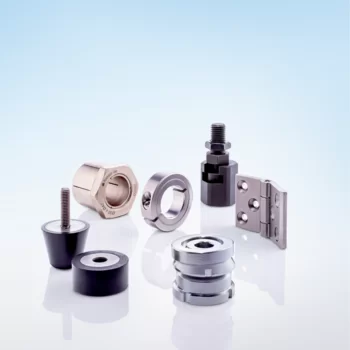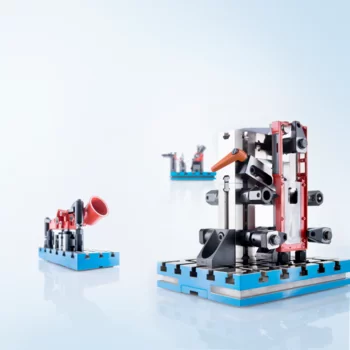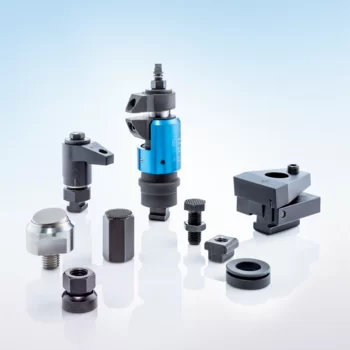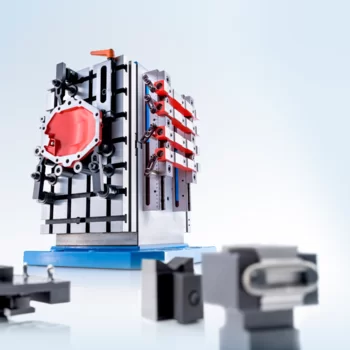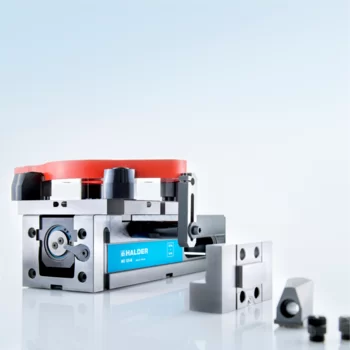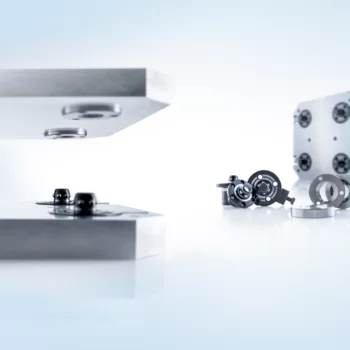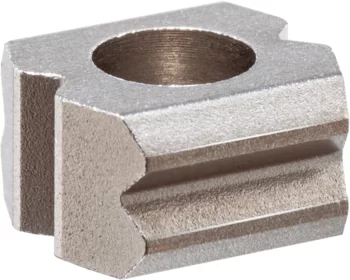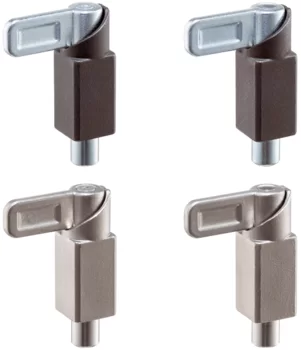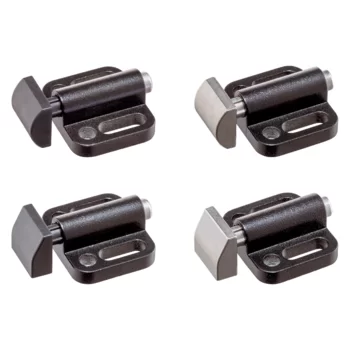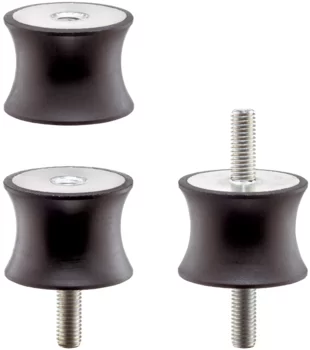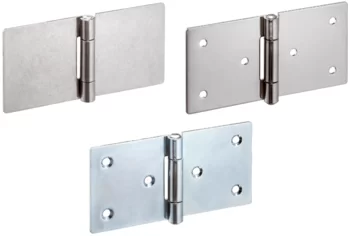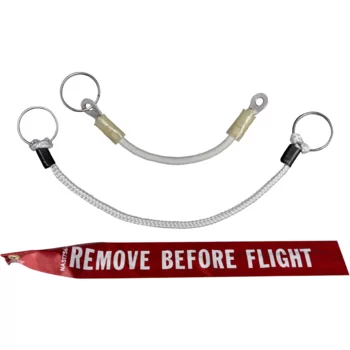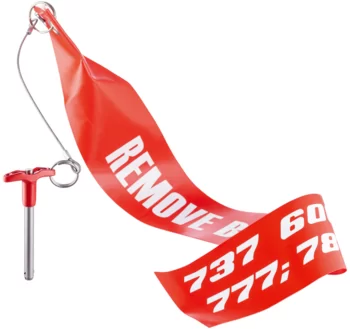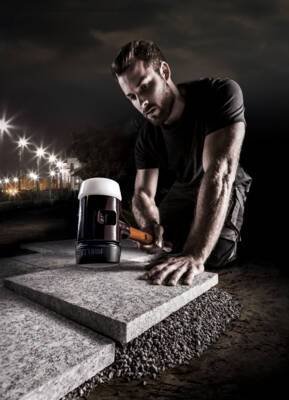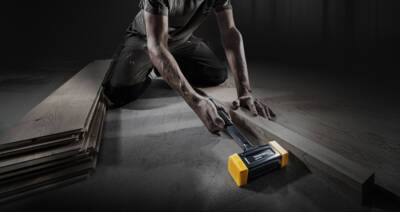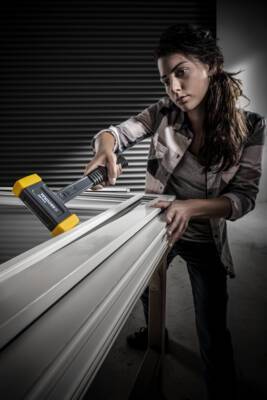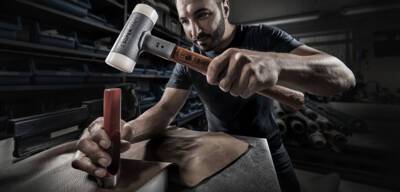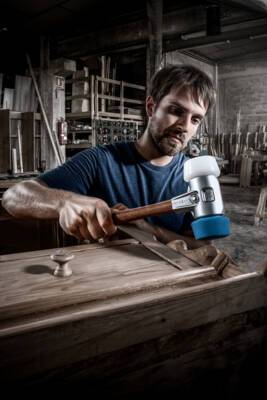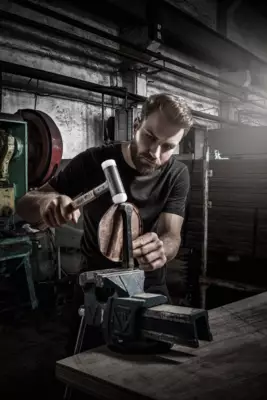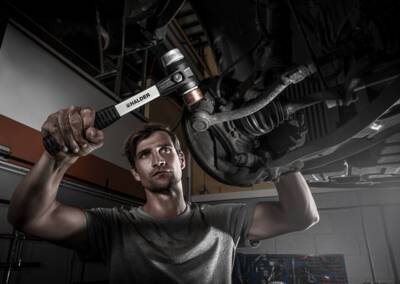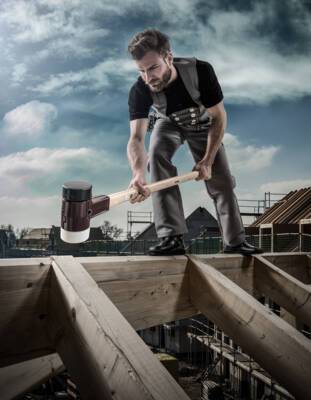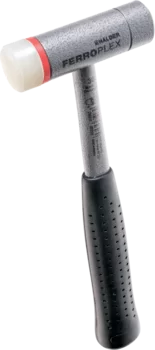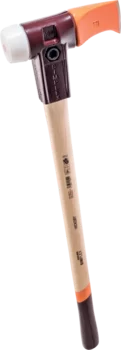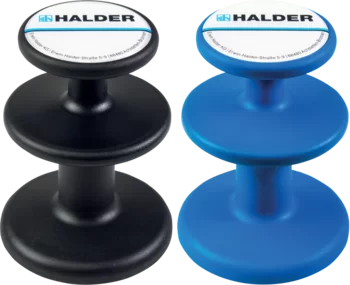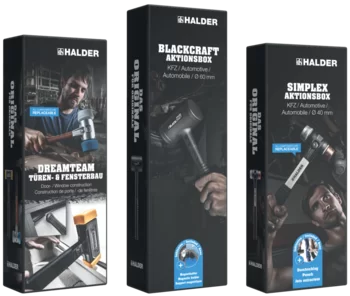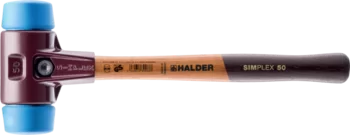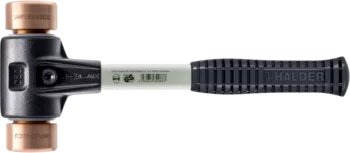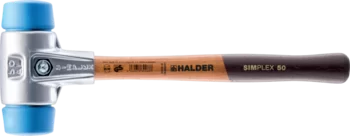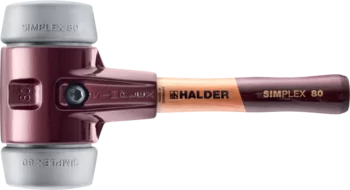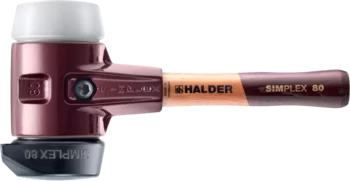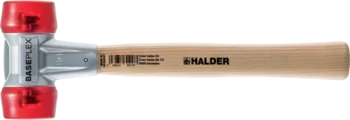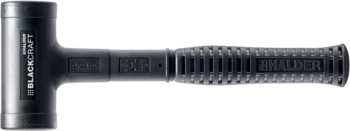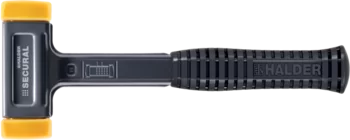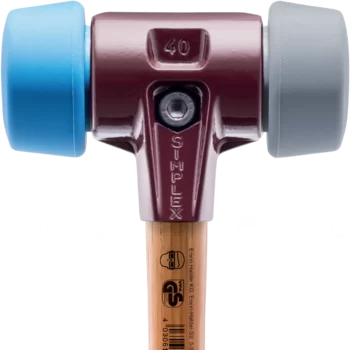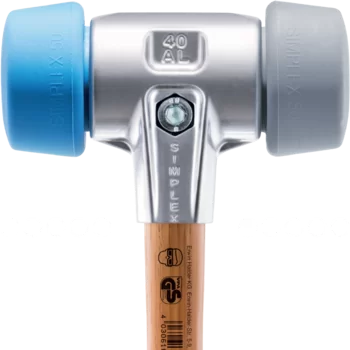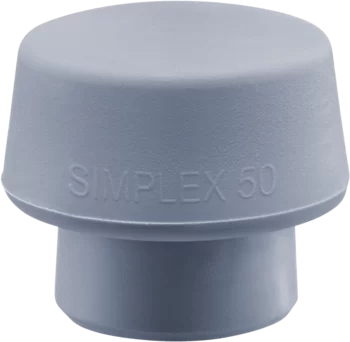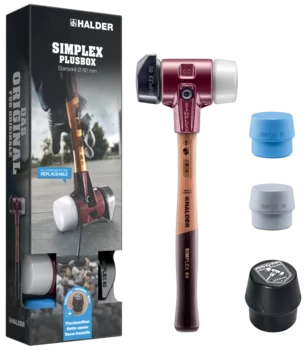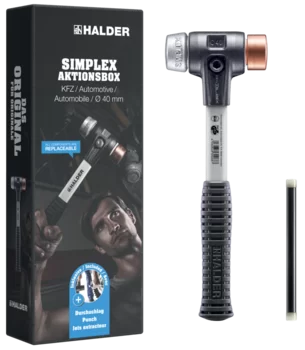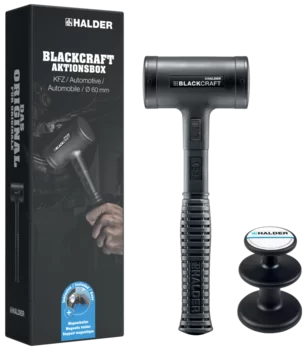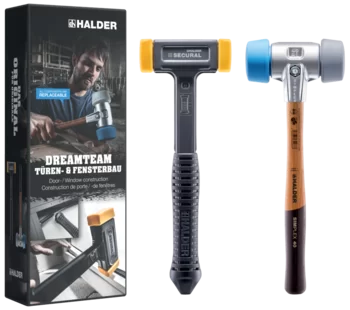Automatic check of the workpiece clamping position
Digital position sensing eliminates source of error in the production process
Improved process reliability and early error detection have become factors of vital importance - especially in light of ever increasing automation in a profitable and flexible production landscape. With their new polling unit Erwin Halder KG is delivering a solution capable of checking the position of a workpiece automatically in combination with Halder's seating elements - both before and during machining. This prevents rejects and gives a boost to productivity.
The mix of continuously shorter delivery times and smaller batch sizes plus ever greater requirements on quality and precision poses enormous challenges to the manufacturing industry today. Many believe that Industry 4.0 is the answer, as it enables them to retain their ability to produce in a way that is economical, fast, safe and flexible. “The more a manufacturing process depends on automation, the greater the need for collecting, transmitting and, eventually, evaluating the data generated during the application. The same holds true for workholding systems. They represent an essential factor to productivity as the tools and machines used will not reach their full quality and performance potential unless the parts to be machined are clamped securely, reliably and exactly. This is why we also focus on developments that will foster the digitisation of the processes. The most recent fruit of our labours: the new polling unit in combination with our proven seating elements. The new unit makes it possible to make available digital information about the status of the workholding systems, delivering yet another milestone on the way to the Smart Factory”, explains Bernd Janner, Sales Executive at Erwin Halder KG.
Verifying the exact position
The compact polling unit is made up of a height-adjustable aluminium housing, anodised in blue and fitted with a switching sensor on the exterior. It can be used in the machine room without hesitation thanks to a design that offers IP67 class protection and a special casing on the connecting cable. Made from blackened heat-treated steel, the body of the unit can easily be screwed into all common fixture systems that come with an M8 or M12 thread. The corresponding seating element will then be screwed into the body. This allows the customer to keep using their existing Halder seating elements. The seating elements are available as case-hardened steel elements with a plain, spherical or ribbed contact surface and as plastic (PEEK) elements with a plain contact surface.
When the part is placed into the fixture on the seating element, the sensor checks automatically if the workpiece makes contact at a specific position. The system can be extended to query multiple positions. If the workpiece is positioned properly, the sensor will pass on an electrical signal that is simply transmitted via a cable connection.
Wireless signal transmission is a snap as well
“Since most machine rooms offer only a few options for routing a signal cable to the outside, we also offer a radio module that can be paired with the polling unit”, details Bernd Janner. The wireless connection requires an additional transmitter and receiver including antenna. The transmitter can be positioned anywhere inside of the machine room and connected with up to four sensors using a jack cable. It transmits the signal to the receiver located outside of the machine – across 40 metres or more, depending on the material and the thickness of the machine cladding. Installation of the radio module is as easy as can be, too. There is no need for extensive programming. Instead, every polling unit merely needs to be registered with a few button presses using the teach function.
Space restrictions are of no concern as the polling unit is comparable to the seating elements - and only slightly higher. Ultra compact as well, the radio unit can be placed outside of the fixture without affecting the workpiece. “Cable, switch and receiver have been specially designed to hold up under harsh conditions, ensuring protection against short-circuits. The unit also offers IP67 protection against dust and temporary immersion”, adds Bernd Janner.
Conclusion: Enhanced process reliability
Several options are conceivable for the evaluation of the electrical signal that is output by the polling unit. Evaluation could take place, for instance, by connecting the unit directly to the machine control, by linking it to a PC via additional software or by using other evaluation units with potential-free relay outputs. The release for machining is also controlled from this set-up. Bernd Janner on that topic: “Whether the part is inserted into the workholding system by a robot during automated production or manually by the operator – the information supplied by our polling unit makes it possible to monitor the processes, reduce errors and significantly improve process reliability. The result: a boost to both quality and productivity!”
With their new polling unit Erwin Halder KG is delivering a solution capable of checking the position of a workpiece automatically in combination with Halder's seating elements - both before and during machining. This prevents rejects and gives a boost to productivity.
When the part is placed into the fixture on the seating element, the sensor checks automatically if the workpiece makes contact at a specific position. If the position is correct, the unit will issue an electrical signal, which is then transmitted simply via a cable or an optional wireless connection.
Downloads:
